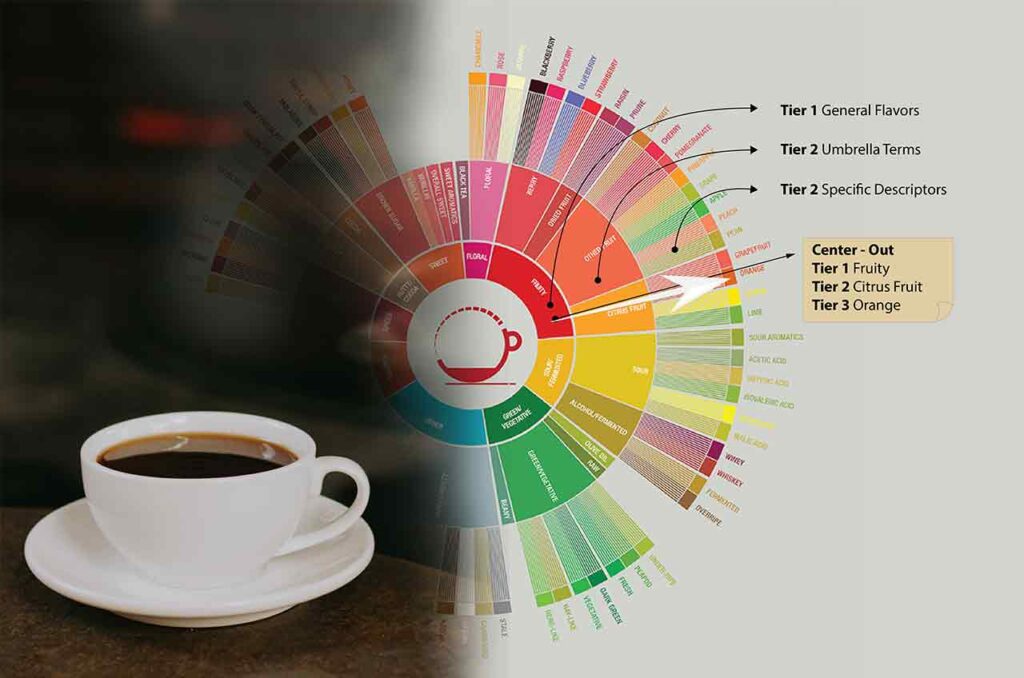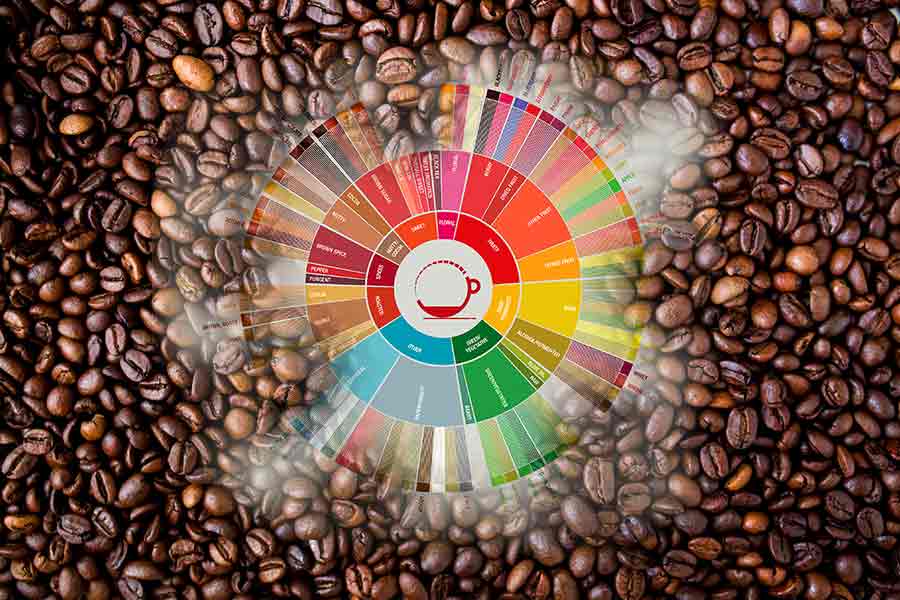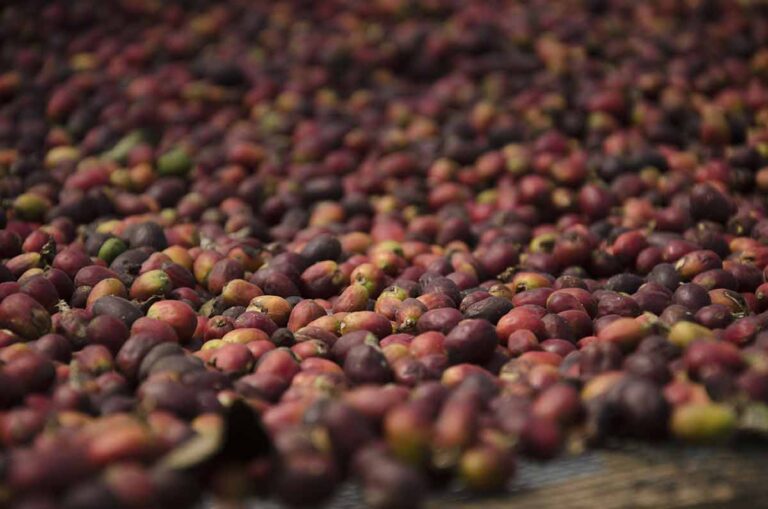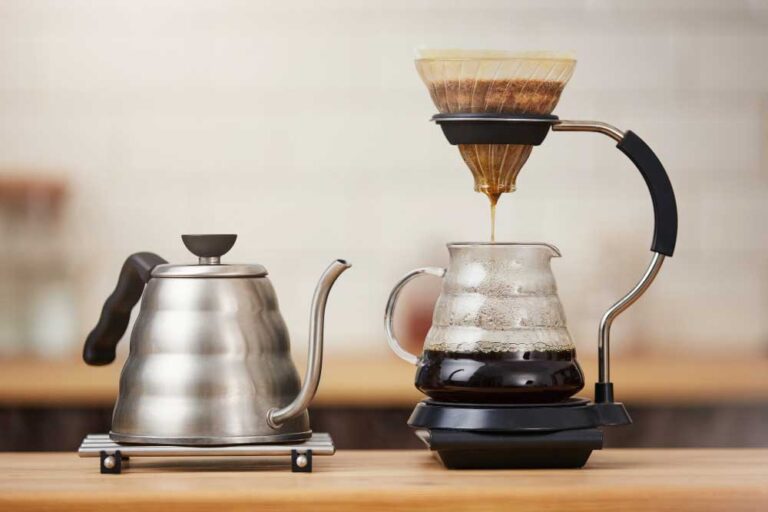The coffee flavor wheel is a map for identifying flavors. Specialty coffee is known for its quality because of its unique, complex taste.
Specialty coffee is not like sachet coffee, which has a uniform taste of sweet sugar. The uniqueness of specialty coffee lies in its unique and complex taste.
But for those who are new to it or are not used to it, drinking specialty coffee generally feels only bitter. For someone who has just tried drinking Arabica coffee, for example, the first reaction they generally express is feeling sour.
Over time, we can increasingly recognize the complexity of the taste of coffee and our habit of drinking real coffee from coffee beans, not a mixture of ingredients other than coffee.
Sachet coffee, which is sold at very cheap prices, makes it somewhat impossible to use pure coffee. There needs to be a mixture of other ingredients that can reduce production costs and homogenize the taste. The sugar mixture in a sachet of coffee clearly destroys the pure taste of coffee.
Coffee brewed from pure coffee beans is rich in flavor variations. Especially Arabica coffee, which is grown at altitudes above 900 meters above sea level. The slow photosynthesis process at that altitude makes Arabica coffee have a complex taste.
However, it is not easy to describe the taste of coffee because of its complexity. Especially when there are limited vocabulary and our ability to distinguish flavors that tend to be similar or close together.
The coffee flavor wheel helps us explore coffee flavors in a more guided way, so we don’t get easily distracted by the hassle of searching for flavor vocabulary. The taste wheel is like a dictionary and a map to guide us when tasting coffee.
How to Use the Flavor Wheel
The coffee flavor wheel is arranged in three tiers, or three circular layers. This is to make it easier to guide us through the taste of coffee, from general flavors to more specific flavors.
Like searching for a friend’s home address. Maybe you can start with the name of the city, then the sub-district, and continue up to the house number. But exploring the taste of coffee is not that complex.
The coffee flavor wheel consists of only three tiers, from the innermost circle to the outermost: tier general flavors, tier umbrella terms, and tier specific descriptors.

We start from the center of the circle, then gradually move towards more specific identification of the outer layers of the circle. That way, our process of identifying the taste of coffee is more focused and doesn’t jump around.
Let’s take an example. Let’s say we want to describe the taste of Bali coffee. After the coffee is served, we smell the aroma first. What is a scent we instantly recognize?
Then, after we sip, what taste do we immediately feel by referring to the first circle of the taste wheel? For example, we feel the sensation of a fruity taste.
Next, we head to the next circle, which follows the scope of the fruity area: berries, dried fruit, other fruit, and citrus fruit. Let’s say we are leaning towards the citrus fruit flavor. Next, we explore the outer circle in the citrus fruit area: grapefruit, orange, lemon, and lime. Here, we can be more specific in identifying the taste of fruit that we consider most suitable, for example, oranges.
So, according to our perception, Bali coffee, based on the flavor wheel guide, has a citrus fruit flavor character. This is just a very simple example of identifying one dominant flavor. What you need to remember is that coffee has a complex taste, not a mono-flavor.
Everyone has a different level of taste sensitivity. In a single-origin coffee, we can usually find not only one specific taste, but several flavors that create their own uniqueness.
Sensory Training and Habits
No coffee taster is born immediately very skilled. It definitely takes practice to get used to it.
By practicing often and then making it a habit, the flavor wheel will be imprinted in our minds. So it will be easier to describe the taste of coffee more accurately.
This accuracy is, again, highly subjective. But when you can be consistent in developing a description of the taste of coffee, it means you have the ability to recognize the characteristics of coffee.
What’s the benefit? This helps us mark the coffees that best suit our interests. Which coffee is good and which coffee is bad. We know which coffee we like and which does not suit our taste.
For commercial purposes, you can differentiate between good coffee, high-value coffee, and bad coffee.
Recognizing the taste of coffee is the art of enjoying coffee. Are you ready to get rolling with the coffee flavor wheel to continue your exploration of specialty coffee?




